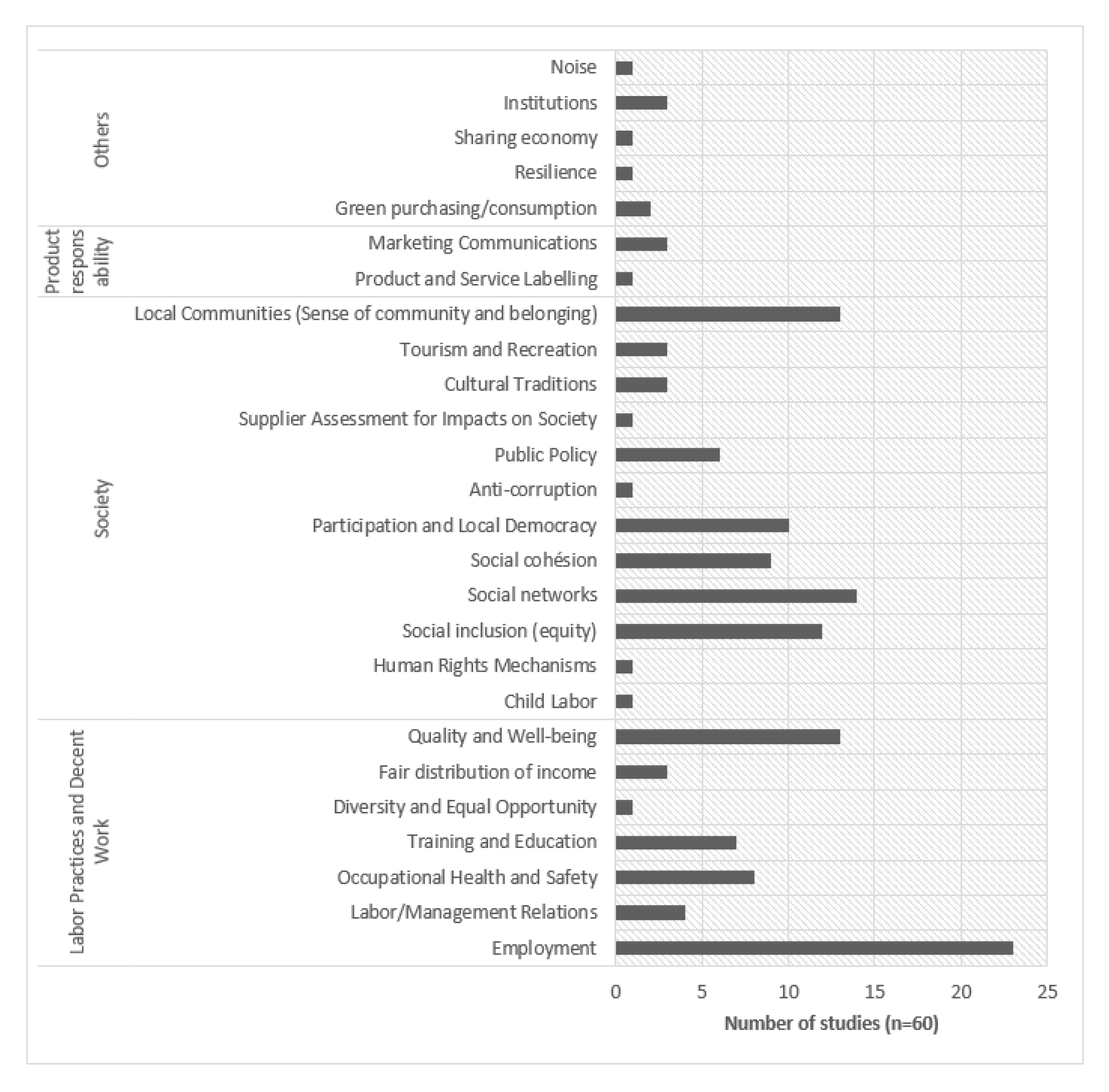At its core, circular economy (CE) is centred around sustainability. Because it offers a set of paths on how to manage resources and wants sustainably, circularity has become a synonym for sustainability.
Sustainability is founded on three pillars: the environment, economy, and society. They are focussed on guaranteeing that our activities are not detrimental to those of future generations. In simple terms, circular economy and sustainability are about the world we leave to the generations to come.
The environment and the economy sustainability pillars are reflected in the circular economy principles. Historically, a big effort has gone into demonstrating that the circular economy is better for the planet and businesses than the traditional linear systems we operate under. And it is! However, social sustainability does not seem as loudly cheered in now-common policy briefings and white papers about circular economy.
In this blog, we will cover the social aspects of circular economy (SCE), why they are important, and how they may look in practice.
What is social circular economy?
While the formal definitions of social sustainability concentrate on the impact of businesses on society, this type of sustainability should be more about making sure that future generations get to enjoy the social activities, diversity, knowledge, and richness we get the opportunity to experience today. Art, family structure, cuisines, tales, and stories are part of this. In the large picture, this includes giving people access to resources, platforms, and spaces where they can share their lives with other social beings. Adding these aspects to social sustainability tells a more complete picture of what a sustainable future may bring.
Regardless of the definition of social sustainability, there is plenty of overlap between society and CE. A systematic review from the Polytechnique Montréal and the Université du Québec à Montréal gives hints of that overlap. The researchers studied 60 peer-reviewed journal articles published between 2009 and 2019 and extracted multiple thematic areas and aspects of the social impacts of CE. They found that employment has the highest frequency in the reviewed studies, followed by quality and wellbeing, social networks, and local communities. Other relevant factors include social inclusion, training and education, and participation and local democracy.

While based on 60 journal papers over the span of 10 years, these can be a theoretical guide to a definition of social circular economy. Perhaps a circular economy that provides fair and inclusive jobs, provides training and education, is centred on human well-being, gives participation to small communities, and nourishes social networks is a great place to start. This is even more relevant when we consider that humans, often referred to as Consumers and Users in circular economy diagrams, are at the centre of the biological and technical cycles. Outside the theory, this is how social circular economy may work.
Social circular economy in practice
With the increasing adoption of circular economy, and just as it happened with recycling in the 1980s, communities and small businesses are not being fully included in the decision-making around how to manage resources and decrease waste. It has been argued that recycling in the CE lacks the inclusion of institutional and social aspects required to close material cycles and implement new business models. Therefore, social and institutional changes are necessary to achieve a high level of recycling both at regional and global levels.
As an idea, we could, slowly but firmly, build a circular economy that grows from local communities up. Social circular economy can support initiatives that apply circular economy principles while getting individuals and communities involved in their implementation. For instance, local services could make compost from kitchen waste for local gardeners and farmers. Packaging can be locally reused by businesses instead of sending them to some distant reuse centre. Appliances, electronics, and furniture could be locally refurbished many times by local technicians. In local high streets, tailors and sewing aficionados could fix used clothes for new owners to wear. Renewable energy cooperatives can make residents owner of the energy they produced. All these meaningful changes could create hundreds of local jobs, train our youth, and eliminate gender inequality.
Conclusions
Sustainability goes beyond recycling and ditching straws. It covers economic, social, and environmental aspects that affect us all. Circular economy is not different. With the elimination of waste and the -ideally- infinite use of finite resources, the economy and the environment clearly benefit. Here we have explored that there are plenty of relevant social aspects to circular economy. Employment, quality and wellbeing, social networks, and education are some of the most relevant and likely urgent. It is possible then to apply the principles of circular economy to the improvement of these aspects of society.
I invite you to look at your own community and imagine how you can practice circular economy principles and define what circularity means to people around you.

